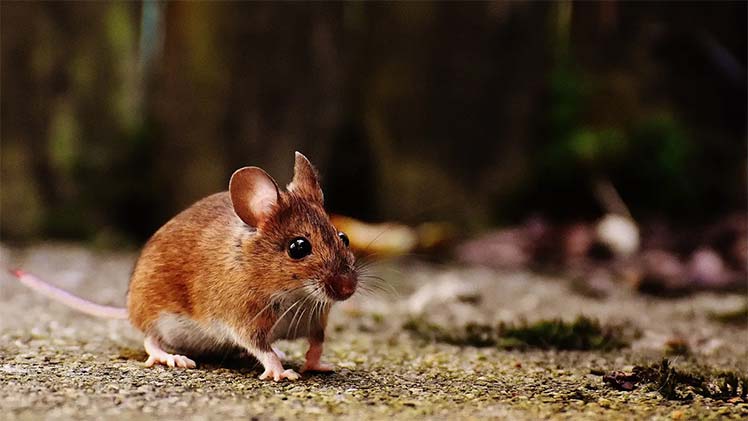Their study of approximately 260 bank voles caught around Grimsö, Örebro County, shows that the virus is well established in Sweden’s red-backed voles. Between 2015 and 2017, we consistently found what we have called the ‘Grimsö Virus’ in 3.4 percent of these voles, which would suggest that the virus is widespread and common in Sweden’s bank voles.
Bank voles (Myodes glareolus) are a species of small voles around 3.9 inches (10 cm) in length that live in woodland areas. Voles are small rodents related to hamsters and lemmings that are sometimes called meadow mice or field mice in North America. There are over 150 different species of vole.
The results suggested the virus is widespread and common in Swedish field rodents, said Åke Lundkvist, professor of Virology and head of the graduate school’s Center for Zoonosis Sciences.
“We still do not know what potential threats the Grimsö Virus may pose to public health. However, based on our observations and previous coronaviruses identified among bank voles, there is good reason to continue monitoring the coronavirus amongst wild rodents,” says Professor Åke Lundkvist.
Rodents already carry several zoonotic microorganisms, such as Hantaviruses and Tularemia, meaning they play a key role in how infectious diseases are spread.
Pll/car/znc









